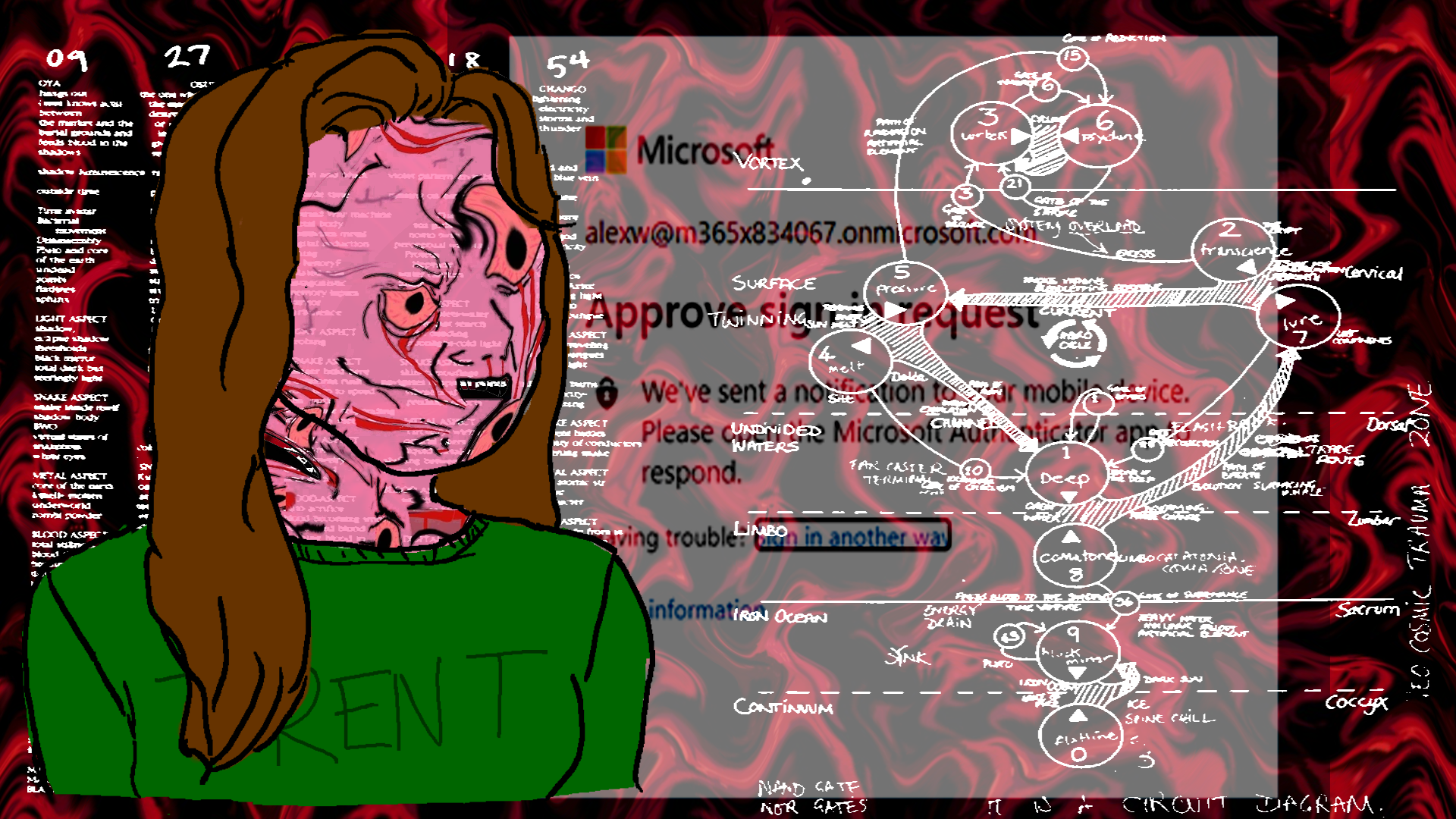Dear David,
What is the actual best yaoi ship?
Yours, babygurl_2006
Beloved babygurl_2006,
I should preface this opinion with a functional definition of yaoi, as most Arthur readers are not as inclined to the Japanese art form known as anime. Yaoi is the genre of fictional media that depict homoerotic relationships between male characters, often animated or drawn works. Also known as “boys’ love” or “BL,” it expands upon homosociality in friendships/relationships between men. Yaoi is heavily produced for women by women, its fans often referred to as fujoshis, relying on the works on secondary fan-made media. Yaoi relies on its actors’ androgynous presentations and the traditional sexual roles found in the top/bottom dichotomy, similar to what currently exists within Western gay culture.
The most prominent example one can provide to illustrate the yaoi genre best are Naruto and Sasuke from the anime Naruto, its pairing name lovingly known as “Sasunaru.” This is arguably the most popular and widespread “ship,” with hundreds of thousands of fan-made works ranging from illustrations, fanfiction, and even academic journals, all based off of the complex friendship between two young ninjas. Take a Google of “Sasunaru.” It will amaze you. Yaoi, in this context, takes the basic concept of a male-to-male relationship and sexualizes it in secondary works, arguably to the point of fetishization, yet nonetheless develops on perceived homoeroticism found within a sourcework. This speaks to how homosociality is interpreted in Japanese media, as homosexuality in Japan is a topic of ambivalence, with LGBTQ+ citizens having very little legal protection, coupled with social and historical apathy to homosexuality. In addition to the broader complexities of sexual identity in Japan, yaoi’s popularity domestically and internationally proves an interesting breeding ground for exploring the ramifications of declining libido and growing reliance on pornography, but I digress.
Regardless, this phenomena is the underlying current to my sexual development as a teeanger with unbridled access to the Internet. I will openly state for the record that I have enjoyed anime since I was young, and have also enjoyed yaoi within this timeframe. This does not make me some sort of pervert, as yaoi in its standard state is not inherently sexual, but rather an exploration of sexuality. This is a point of contention for a lot of people, as yaoi has a bad name in the West as “anime gay porn.” First of all, it’s not all porn! Some of it is hand-holding and yearning, non-existent in Western pornographic sensibilities. Real porn sucks ass in the intimacy department, as it tends to be just clappin’ uglies for 15 minutes, so the intimacy found in fictional relationships between bug-eyed androgynes is refreshing, even if it’s based on slim canonical evidence and tired tropes.
Western fictitious romance between two men in the early 2000s was arguably even more fetishizing than yaoi ever dreamed to be. Brokeback Mountain too lubeless to count, I self-actualized during a cultural period where homophobia was dwindling, yet still a dominant punchline. LGBTQ+ people had not yet become a consumer class and could not be sold on rainbow paraphilia as of this time. Gay people were treated as plot devices and joke-harbingers, not as desirable people or human beings with feelings. That wasn’t invented until Call Me By Your Name, or The Movie With Peachfucking.
Thus began my formative journey as a teenage lesbian fujoshi. Liking anime in this timeframe was considered social suicide, unlike now, where one can freely walk the streets of serene Peterborough wearing a hoodie with a grotesque collage of cumming anime girls. I was an outsider already, so the lean towards the Internet was natural; I was a prolific Twitter shitposter for years, and it all grew out of an impetus to roleplay anthropomorphized countries having gay sex. I shit you not, it was that bad. Hetalia was my first, and I will never allow myself to forget this. This anime showcased a cast of quirky, racist caricatures of the countries they represented, playing up their interactions as world history events. I was obsessed: openly wearing merch, and writing rancid fanfiction about favourite characters. From this mania sprouted a discovery: a heavily online fandom of content creators, driven by their primal desire for these twinks to fuck. The rest is history.
The short of it is this: as a weeaboo teenager, I transposed so hard onto a parade of fictional men that I became a man. I am more than qualified to answer this question, and will do so in layman's terms.
The best ship is Kawoshin. The romance between a mentally ill teenage robot-mom pilot and his boyfriend, an angel sent to destroy humanity, will never be lost on me. Sure, it’s a bit of a cop-out answer, but Evangelion goes hard, and life is disappointing.
Don’t question the master.
Dear David,
Did you get a good sleepy?
Anonymous
Dear Anon,
No. I was writing about Japanese gay anime porn all night.
Discover what other questions David barely answers by sending your issues and grievances to editors@trentarthur.ca, or directly message either @trentarthurnews or @daves_realm on Instagram.


.png)


.jpg)


.jpeg)



.jpg)


.jpg)









.png)